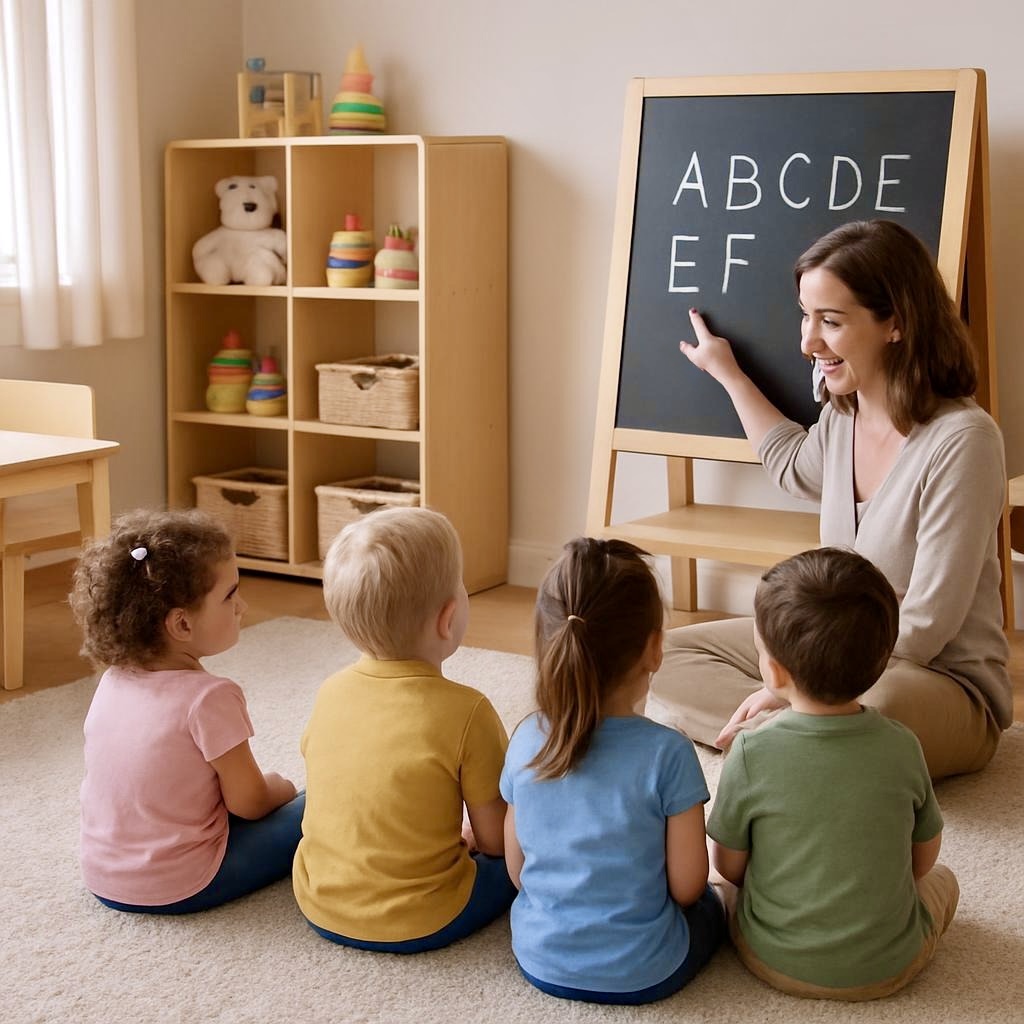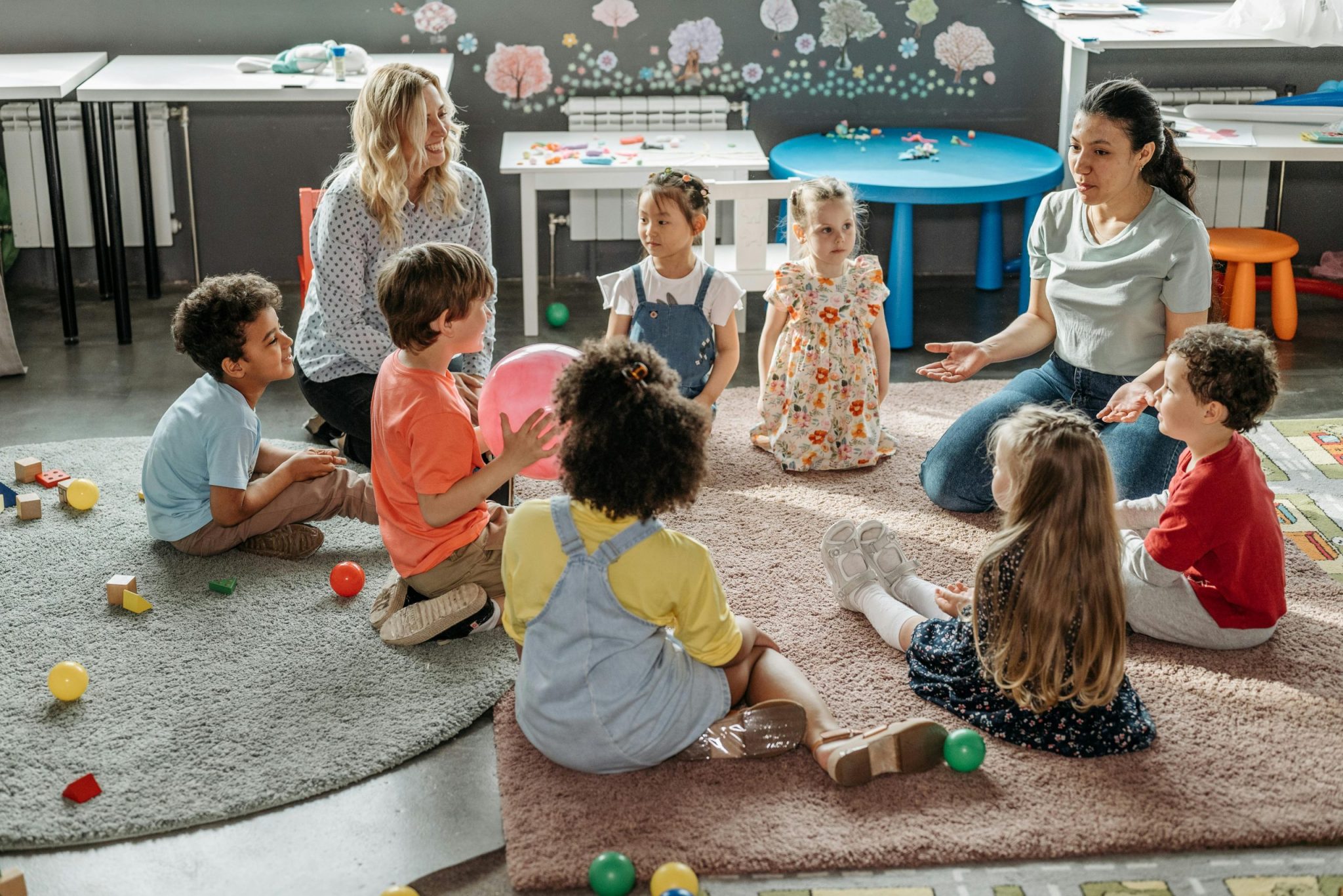The childcare basics: foundational years of childcare represent a critical window for establishing lifelong patterns of health, learning, and emotional resilience. Contemporary research in developmental neuroscience reveals that quality caregiving during the first five years creates neural architectures that influence everything from stress response to learning capacity throughout life. Understanding childcare basics requires moving beyond intuitive approaches to embrace evidence-based practices that optimize developmental outcomes while honoring each child’s unique temperament and needs.
The Neurobiological Childcare Basics
Modern brain imaging technology demonstrates that loving, responsive care literally shapes neural development in profound ways. During the first three years, children’s brains form over one million neural connections per second, with the quality of caregiver interactions directly influencing which connections strengthen and which are pruned away. This process, known as activity-dependent neuroplasticity, means that everyday caregiving interactions become the building blocks of cognitive and emotional architecture.
The concept of “critical periods” in brain development highlights windows of heightened neuroplasticity when specific types of stimulation have maximum impact. Language development, for instance, benefits most from rich verbal interaction during the first three years, while emotional regulation skills develop optimally when children experience consistent, attuned responses to their emotional states.
Epigenetic research reveals another fascinating dimension of early care impact. Positive caregiving experiences can literally activate beneficial genes while silencing potentially problematic ones, creating biological advantages that extend across generations. This scientific understanding transforms childcare from a custodial function into a sophisticated intervention that shapes human potential at the most fundamental level.
Advanced Attachment Theory Applications
Secure attachment formation requires understanding the subtle dynamics of attunement, responsiveness, and co-regulation. Develop “attunement skills” that help caregivers recognize and respond appropriately to children’s emotional states. This involves reading non-verbal cues, understanding developmental communication patterns, and matching caregiver responses to children’s regulatory needs.
Implement “repair and reconnection strategies” that address inevitable moments when caregiver-child interactions go awry. Children benefit enormously from experiencing caregivers who can acknowledge mistakes, make appropriate repairs, and restore emotional connection. These experiences teach resilience, emotional flexibility, and the possibility of relationship healing.
Practice “co-regulation techniques” that help children develop internal regulatory capacity through external support. When caregivers remain calm during children’s emotional storms, they provide the neural regulation that children’s developing systems cannot yet provide independently. Over time, children internalize these regulatory patterns as their own emotional management skills.
Developmental Appropriateness and Individual Differences

Quality childcare basics requires sophisticated understanding of developmental progressions combined with sensitivity to individual variations. Create “developmental observation systems” that track each child’s unique growth patterns across physical, cognitive, emotional, and social domains. This information enables caregivers to provide appropriately challenging experiences that support growth without overwhelming developing capacities.
Understand “temperament considerations” that influence how children respond to different caregiving approaches. Some children thrive with higher stimulation levels while others require quieter, gentler environments. Recognizing these individual differences allows caregivers to customize their approaches for optimal developmental support.
Implement “zone of proximal development” principles that provide experiences just beyond children’s current capabilities with appropriate support. This approach maximizes learning while building confidence and motivation for continued exploration. The key is careful calibration of challenge and support levels based on ongoing observation of each child’s responses.
Read more: Ultimate Childcare Basics: Nurturing Children from the StartMontessori education is an approach to learning that was developed by an Italian physician and educator, Dr. Maria Montessori. American Montessori Society – AMS.
From Wikipedia: Montessori Method
Foundation Sensory Integration and Environmental Design
Early childhood environments significantly impact neurological development through sensory experiences. Create “sensory-rich environments” that provide varied, appropriate stimulation across all sensory modalities. This includes tactile experiences through different textures, visual stimulation through varied colors and patterns, auditory experiences through music and natural sounds, and proprioceptive input through movement activities.
Understanding “sensory processing differences” enables caregivers to support children who may be over- or under-responsive to sensory input. Some children require more intense sensory experiences to register input, while others become overwhelmed by typical environmental stimulation. Recognizing these differences allows for environmental modifications that optimize each child’s developmental experience.
Design “calming and alerting spaces” that support different regulatory needs throughout the day. Active play areas support gross motor development and energy release, while quiet spaces provide opportunities for rest, reflection, and focused activities. The availability of different environmental options helps children learn to recognize and meet their own regulatory needs.
Language and Literacy Foundation Advanced

Early language development benefits from sophisticated understanding of how children acquire communication skills. Implement “rich language environments” that include varied vocabulary, advanced, complex sentence structures, and meaningful conversational exchanges. Children who experience high-quality language input during early years develop superior communication skills that support academic success and social competence.
Practice “responsive interaction strategies” that build on children’s communication attempts. When children babble, gesture, or use early words, caregivers who respond enthusiastically and expand on these attempts support continued language development. This back-and-forth pattern teaches children that communication is rewarding and effective.
Create “pre-literacy experiences” that build foundations for later reading and writing success. This includes exposure to books, recognition of print in the environment, development of phonological awareness through songs and rhymes, and fine motor experiences that support writing readiness. These foundational skills develop naturally through play-based experiences when caregivers understand their importance.
Cultural Responsiveness and Family Partnership
Quality childcare basics honors and incorporates family cultural values and practices. Develop “cultural competency skills” that enable caregivers to understand and respect diverse family backgrounds, communication styles, and child-rearing practices. This approach strengthens family-caregiver partnerships while supporting children’s cultural identity development.
Implement “family engagement strategies” that involve parents and extended family members as partners in children’s care and development. Regular communication, shared goal-setting, and collaborative problem-solving create consistency between home and care environments while honoring family expertise about their children.
Practice “anti-bias approaches” that expose children to diversity while challenging stereotypes and promoting inclusion. Children who experience diverse perspectives and inclusive practices develop greater empathy, cultural competence, and social justice awareness that serves them throughout life.
Read more: Ultimate Childcare Basics: Nurturing Children from the StartHave a special attention on this post: Toddler Safety: Essential Tips to Keep Your Child Safe and Secure
CONCLUSION:
Quality childcare basics is an investment in long-term well-being and success for children. By implementing these advanced strategies, you create an environment that not only supports healthy development but also nurtures confidence, creativity, and emotional competence that children will carry throughout their lives. Remember that perfection isn’t the goal—consistency, responsiveness, and unconditional love are the foundations of care that truly supports children’s flourishing from the very beginning. Trust your instincts while remaining open to learning and growth alongside the children in your care.
NOTE: The information in this post is based on guidelines and research from leading health institutions including the American Academy of Pediatrics, CDC, and other recognized medical authorities.”
- American Academy of Pediatrics (AAP) – pediatric guidelines and recommendations.
- Centers for Disease Control and Prevention (CDC) – health statistics and safety data.
- World Health Organization (WHO) – global health and development standards.
- National Institutes of Health (NIH) – medical research and health information.

Childcare Basics – Nurturing Children
1. How does quality childcare actually impact brain development in young children?
Research shows that during the first three years, children’s brains form over one million neural connections per second. Quality caregiving directly influences which connections strengthen through a process called activity-dependent neuroplasticity. Loving, responsive care literally shapes neural architecture, affecting everything from stress response to learning capacity throughout life. This means everyday caregiving interactions become the building blocks of cognitive and emotional development.
2. What is “co-regulation” and why is it important for children’s emotional development?
Co-regulation is when caregivers help children develop internal emotional management skills by providing external support during emotional moments. When caregivers remain calm during a child’s emotional storm, they provide the neural regulation that the child’s developing system cannot yet provide independently. Over time, children internalize these regulatory patterns as their own emotional management skills, building resilience and emotional flexibility.
3. How can I create a developmentally appropriate environment for different children’s needs?
Start by implementing developmental observation systems to track each child’s unique growth patterns across physical, cognitive, emotional, and social domains. Understand that temperament differences mean some children thrive with higher stimulation while others need quieter environments. Create both “calming spaces” for rest and reflection and “alerting spaces” for active play, allowing children to learn to recognize and meet their own regulatory needs.
4. What does “rich language environment” mean and how do I create one?
A rich language environment includes varied vocabulary, complex sentence structures, and meaningful conversational exchanges. Practice responsive interaction strategies by enthusiastically responding to and expanding on children’s communication attempts, whether they’re babbling, gesturing, or using early words. Include pre-literacy experiences like book exposure, songs and rhymes for phonological awareness, and fine motor activities that support writing readiness.
5. How can I work effectively with families from diverse cultural backgrounds?
Develop cultural competency skills to understand and respect diverse family backgrounds, communication styles, and child-rearing practices. Implement family engagement strategies that involve parents as partners through regular communication, shared goal-setting, and collaborative problem-solving. Practice anti-bias approaches that expose children to diversity while challenging stereotypes, creating consistency between home and care environments while honoring family expertise about their children.

